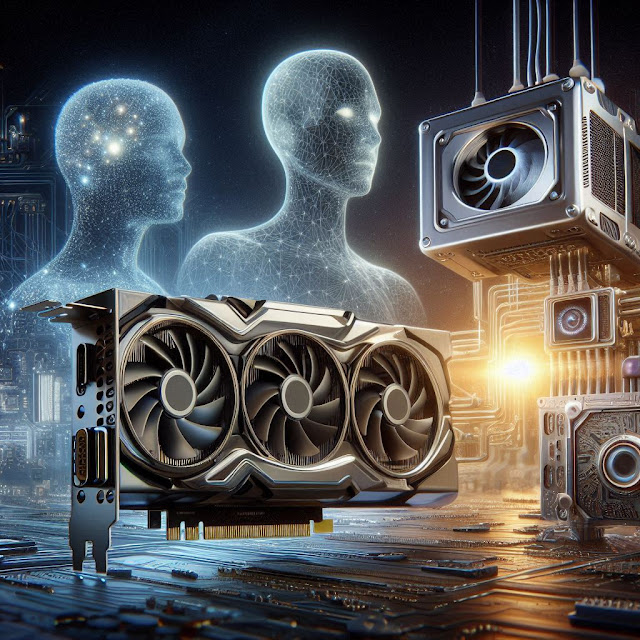Introduction
Artificial Intelligence (AI) has been transforming various industries, and one of the most noticeable areas of impact is graphics card technology. With advancements in machine learning, deep learning, and AI-driven optimizations, modern GPUs are becoming more powerful, efficient, and adaptive to computational demands.
The Role of AI in GPU Development
Graphics Processing Units (GPUs) were initially designed for rendering graphics in gaming and visual applications. However, AI has introduced a new dimension to GPU evolution:
AI-Accelerated Rendering: Technologies like NVIDIA DLSS (Deep Learning Super Sampling) and AMD FSR (FidelityFX Super Resolution) use AI to upscale lower-resolution images, providing higher-quality visuals with improved performance.
AI-Assisted Performance Optimization: Modern GPUs utilize AI to enhance energy efficiency, reduce latency, and predict workload requirements, leading to smoother gaming and better computing experiences.
Neural Processing Units (NPUs): Many next-generation GPUs incorporate dedicated AI processing cores, allowing faster computations for deep learning tasks.
AI’s Impact on Gaming and Graphics Design
In the gaming industry, AI-powered GPUs enable:
Real-time Ray Tracing: AI helps enhance lighting effects and shadows to create ultra-realistic visuals.
Smart Image Processing: AI-driven algorithms automatically adjust textures and resolutions to optimize graphics quality.
Procedural Generation: AI assists in auto-generating game environments, making game worlds larger and more immersive.
For graphic designers and content creators, AI-equipped GPUs improve rendering times, automate complex tasks, and enhance image and video processing workflows.
Challenges and Future Prospects
Despite AI’s advancements, GPU technology faces challenges:
High power consumption: AI computations demand substantial power, requiring improvements in energy efficiency.
Hardware cost: AI-powered GPUs are often expensive due to their advanced architecture.
Software adaptation: Developers need to integrate AI capabilities effectively into games and applications to maximize GPU potential.
Looking ahead, AI will continue refining real-time graphics, deep learning training, and computational efficiency, ensuring that GPUs remain a cornerstone of technological evolution.
Conclusion
The synergy between AI and GPUs is reshaping the landscape of gaming, visualization, and computation. As AI-driven innovations push the boundaries of GPU technology, users can expect higher performance, smarter optimizations, and groundbreaking visual experiences.



